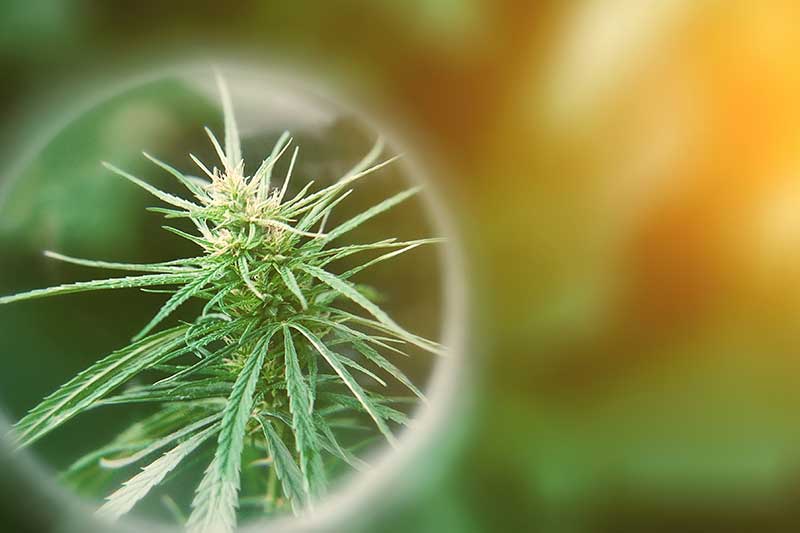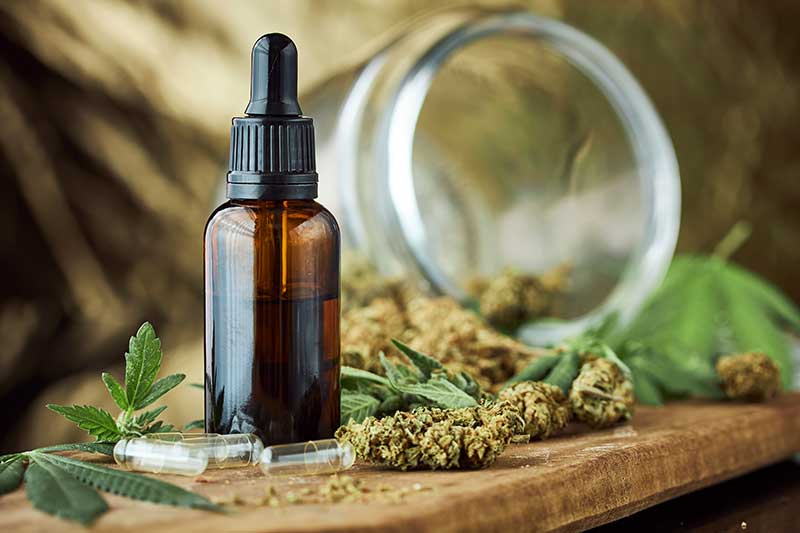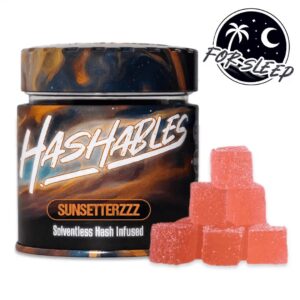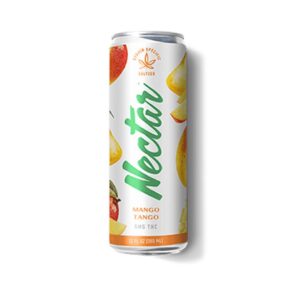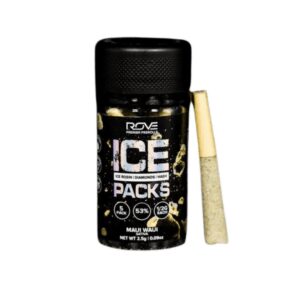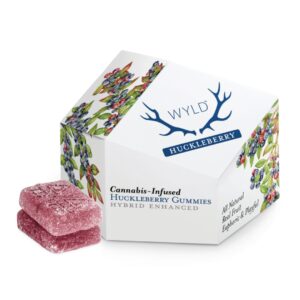Understanding Cannabinoid Compounds: An In-Depth Guide
So, what are cannabinoid compounds? Cannabinoid compounds are naturally occurring chemical constituents found within cannabis plants. These compounds interact with the body’s endocannabinoid system, helping regulate various physiological and cognitive processes such as mood, appetite, and pain. Over 100 different cannabinoids have been identified, including THC, CBD, CBN, and more, each imparting unique effects on the body.
In this detailed guide, we delve into popular cannabinoids, their benefits, and the various types of cannabinoid compounds. This resource aims to serve both cannabis novices and seasoned consumers, helping everyone make informed decisions about their cannabis use.
THC
(Tetrahydrocannabinol)
THC is the primary psychoactive cannabinoid found in cannabis. It’s responsible for the feeling of euphoria often associated with cannabis use. Therapeutically, THC offers pain relief and can reduce nausea. It binds to cannabinoid receptors in the brain and nervous system, interacting with the endocannabinoid system. Additionally, it’s believed to have antioxidant and anti-inflammatory properties. Consumption methods for THC typically include smoking or vaping cannabis flowers, ingesting edibles or tinctures.
CBD
(Cannabidiol)
CBD, a non-psychoactive cannabinoid, has garnered attention for its potential therapeutic benefits, including anti-inflammatory and anxiety-reducing properties. It indirectly affects the body’s endocannabinoid system, interacting with cannabinoid receptors. CBD is versatile, consumed via smoking or vaping cannabis flowers, edibles, tinctures, or topically through creams or lotions.
CBN
(Cannabinol)
CBN, a minor cannabinoid resulting from THC degradation, has sedative effects, thus useful in promoting sleep. It is believed to bind to cannabinoid receptors in the brain and nervous system, interacting with the endocannabinoid system. CBN is often consumed by smoking or vaping cannabis flowers, or via tinctures.
CBC
(Cannabichromene)
CBC, a non-intoxicating cannabinoid, has potential therapeutic benefits including anti-inflammatory, pain-relieving, and antidepressant properties. It’s also studied for its potential in fighting cancer and as a neuroprotectant.
CBG
(Cannabigerol)
CBG, present in small amounts in cannabis plants, is a non-intoxicating cannabinoid. Preliminary research suggests it has anti-inflammatory, antibacterial, and neuroprotective properties, indicating promising potential for therapeutic uses.
CBDV
(Cannabidivarin)
CBDV, a non-psychoactive cannabinoid akin to CBD, has shown promise in treating epilepsy by reducing seizure activity. It may also potentially treat Parkinson’s disease, multiple sclerosis, and autism spectrum disorder due to its neuroprotective, anti-inflammatory, and anxiety-reducing effects. However, CBDV is still in the early stages of research, and availability is limited.
CBDA
(Cannabidiolic Acid)
CBDA, believed to have potential anti-inflammatory and anti-nausea properties, may also be beneficial in treating anxiety and depression. It’s thought to interact with the body’s endocannabinoid system indirectly affecting cannabinoid receptors.
Delta-8-THC
(Δ8-Tetrahydrocannabinol)
Delta-8-THC, a minor cannabinoid, is an isomer of THC. It’s known for producing a mild psychoactive effect, less intense than Delta-9-THC. It has been found to have various potential benefits, including anti-nausea, anti-anxiety, appetite-stimulating, and pain-relieving properties.
THC-A
(Tetrahydrocannabinolic Acid)
THC-A is the acid form of THC found in the raw cannabis plant. It’s non-psychoactive until it’s decarboxylated (heated), at which point it converts to THC. Preliminary research indicates that THC-A may have potential anti-inflammatory, neuroprotective, and anti-emetic properties.
CBD-A
(Cannabidiolic Acid)
CBD-A is the acid form of CBD, present in raw cannabis. When decarboxylated, it converts to CBD. CBD-A has been studied for its potential anti-inflammatory, anti-nausea, and anti-cancer properties. More research is necessary to validate these potential benefits fully.
Cannabinoid Oil (Cannabis Oil)
Cannabinoid oil, also known as cannabis oil, is a concentrated liquid extract derived from the cannabis plant. It contains the various cannabinoids mentioned above, depending on the specific plant strain and extraction process used. The most common types of cannabinoid oil include THC oil, CBD oil, and full-spectrum cannabis oil.
THC Oil:
This is a type of cannabinoid oil that contains a high concentration of THC. It’s often used for its potent psychoactive effects and therapeutic benefits such as pain relief, nausea reduction, and appetite stimulation.
CBD Oil:
CBD oil contains a high concentration of CBD and is typically low in THC. It’s popular for its potential therapeutic benefits without the psychoactive effects. CBD oil may help reduce inflammation, anxiety, and symptoms of various medical conditions.
Full-Spectrum Cannabis Oil:
This type of oil contains a range of cannabinoids, terpenes, and other chemical compounds found in the cannabis plant. It’s believed that these compounds work together to enhance their therapeutic effects, a phenomenon known as the “entourage effect.”
In conclusion, understanding the myriad of cannabinoids and their potential therapeutic effects can help consumers make informed decisions about their cannabis use. As research continues to evolve, we may uncover even more benefits and applications for these fascinating compounds.


